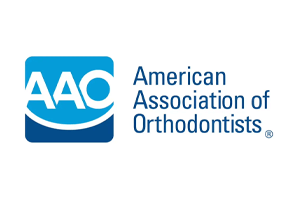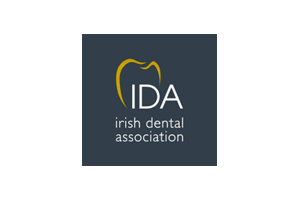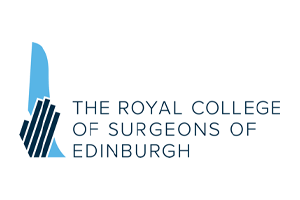Retainers can be removable or fixed behind your teeth, or a combination of the two. They work by holding your teeth in their new positions to maintain your beautiful smile
How long should you wear retainers for?
When we remove your braces, we’ll give you personalised advice on how to wear your retainers. Your teeth are most at risk of orthodontic relapse just after we take your braces off, so it’s the ideal time to develop good retainer habits.
Over time, your teeth will start to stabilise in their new positions. Unfortunately, this doesn’t mean you can stop wearing your retainers.
There will always be some risk of orthodontic relapse, so to protect your smile, you’ll need to wear your retainers indefinitely.
Types of retainers
Removable retainers
We provide every patient with removable retainers. At the end of your treatment, we’ll take digital impressions of your teeth to turn into your custom-made retainers.
Your removable retainers will fit your teeth perfectly to stop them from shifting. We 3D print all our retainers in-house so we can ensure a fast turnaround and exceptional fit.
Your removable retainers will be virtually invisible and comfortable to take in and out. Eventually, you’ll only need to wear your retainers part-time to keep your teeth in line.

Fixed retainers
If you opt for fixed retainers (also known as bonded retainers), we’ll fit these when we remove your braces. They consist of a thin wire, which we’ll attach behind your front teeth.
Your fixed retainers will remain in place indefinitely, protecting you against orthodontic relapse 24/7.

Looking after your retainers
If you’re thinking about braces, you’ll need to factor in the lifelong commitment of retainers. You’ll need to wear them forever, but they’ll quickly become part of your daily routine.
When you’re not wearing your removable retainers, store them safely in their case. You can keep them clean by giving them a brush with soap and water each time you take them out. Don’t use toothpaste; it’s slightly abrasive and can leave micro-scratches, which will make your retainers appear dull.
Treat your retainers to a more thorough soak once a week using special cleaning tablets. Always use warm water – hot water could distort the shape of your retainers.
You’ll need to brush and floss extra carefully around your fixed retainers. You can use interdental brushes or Superfloss to clean between your teeth and retainers.
Retainer troubleshooting
Most patients experience very few problems with their retainers. We’re always here to help if you have any questions or concerns.
In the meantime, here are solutions to some of the more common retainer mishaps.
Your retainers feel tight
This could be a sign that your teeth are moving. Wear your retainers more and see if things improve. If not, please contact us for advice.
You’ve lost your removable retainers
Get in touch as soon as possible so that we can organise a replacement straight away. You may want to consider getting a spare retainer made for emergencies.
Your removable retainer has broken
If it’s a clean break, you can wear both pieces, but please contact us so we can arrange a replacement.
Your fixed retainer has detached
If your fixed retainer is attached in places, please wear your removable retainer over the top and contact us.
If you have any questions about retainers or braces, we’d be delighted to meet you for a consultation. Contact our friendly team to arrange your no-obligation appointment with Dr. Jackie Bracken.








